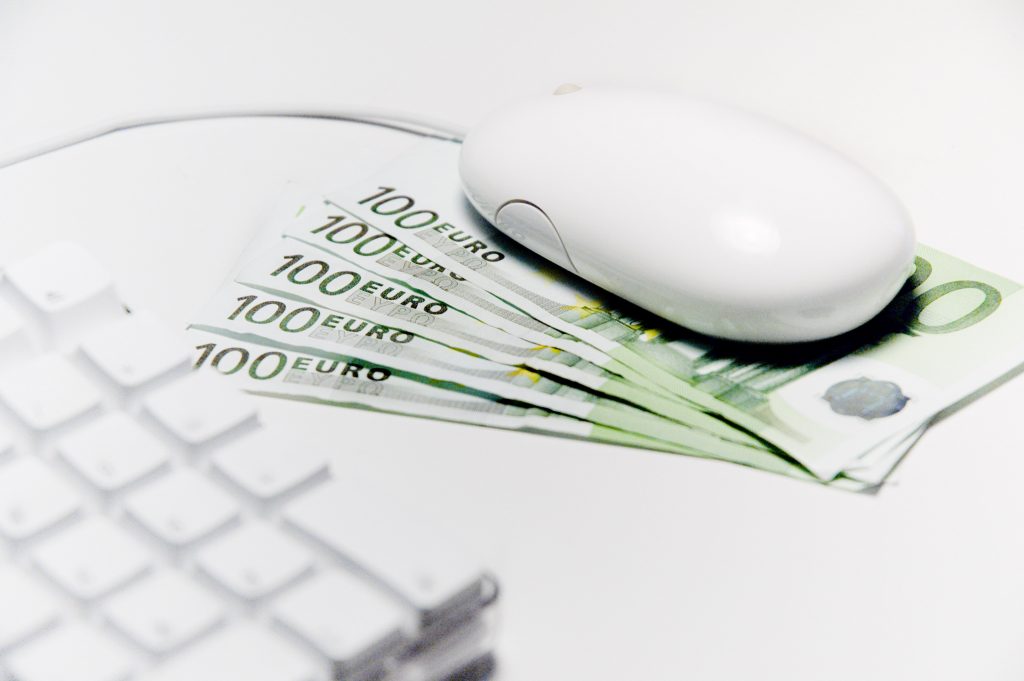The value of many foreign currencies fluctuates daily against one another. As with the price of everything else, traders can make money off of price fluctuations. Since it operates around the clock, the foreign exchange market is competitive. In fact, many traders are surprised to learn that the forex market is the largest financial exchange in the world.
In 2019, the estimated average trading volume in the FX and OTC derivatives markets was $6.6 trillion, as the Triennial Central Bank Survey reported. However, the average daily volume of New York Stock Exchange trading is a little over $1.1 trillion.
Continue reading this article to learn how forex investments work.
Forex Trading Overview
Foreign exchange trading is comparable to investing in equities. The major distinction is that foreign exchange trading is conducted in pairs rather than single currencies. Examples of such pairings are the Euro (EUR), United States Dollar (USD), Japanese Yen (JPY), and the British Pound (GBP).
Foreign exchange or forex trading involves simultaneous purchasing and selling of two different currencies. It’s a win for you if the value of the currency you bought increases relative to the currency you sold.
The current exchange rate between the euro and the dollar is 1.40 to 1. To purchase 1,000 Euros, you must prepare to part with USD 1,400. If the exchange rate for your euros improves and you can sell them for $1,500 in the future, you will have made a profit of $100.
For forex trading beginners check out this video;
Four Types of Forex Pairs
Currency pairings such as the Euro/US Dollar, the British Pound/Euro, and the British Pound/US Dollar are among the most actively traded in the world. You can’t go wrong when investing, so learn from Trade Wise’s successes and avoid fraud (https://tradewise.community/). Most service providers classify pairings in one of many ways for convenience:
1. Major pairs – Trading in these seven currencies accounts for 80% of all foreign exchange transactions worldwide. Comprises the Euro, Japanese Yen, British Pound, and Swiss Franc against the United States Dollar.
2. Minor pairs – Unlike the more common USD pairs, these less actively traded pairs typically pit major currencies against one another. All of the Eurozone’s major currency pairs plus the British Pound and the Swiss Franc, and the Japanese Yen
3. Exotics pairs – Major currency against a developing or smaller economy. Excludes the CAD/CHF and CAD/CHF pairs
4. Regional pairs– Grouped based on their geographical proximity, such as Scandinavian and Australasian pairings. Also included are the Euro-Norwegian Krone, Australian-New Zealand Dollar, and Singapore Dollar pairs

Foreign Exchange Leverage
Leverage is similar to a loan in that it allows you to borrow money from your broker to trade bigger quantities of currency. Generally, the margin is the first deposit you make with your broker before they provide more funds to your trading account so you can complete your transaction.
If the investment turns out well, using leverage may help you maximize your return. Remember that trading bigger quantities of currency can magnify your losses if the currency’s value drops.
Your broker may ask you to reimburse your initial investment if you incur losses greater than the amount you first deposited. Before you do so, you should know the potential costs and consequences of employing leverage. It is because of the increased potential for loss during a trade compared to more traditional forms of trading. To learn more about forex investing visit